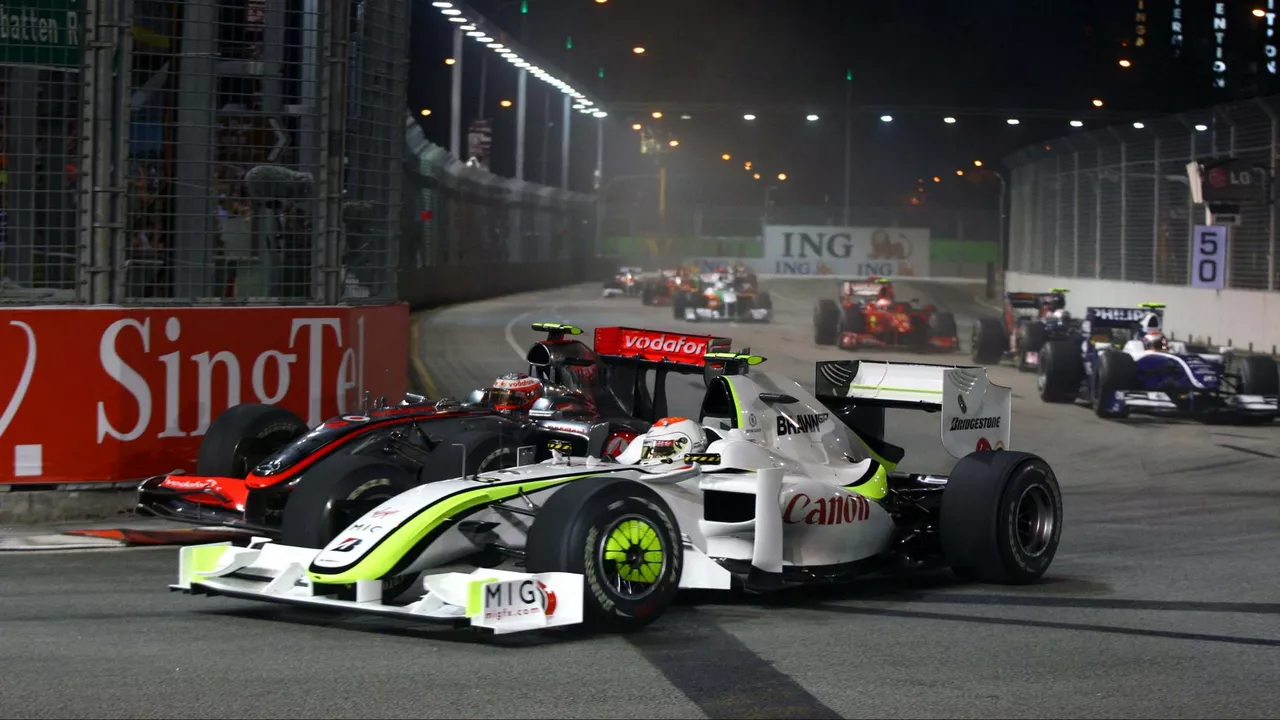IndyCar: Fast, Fierce, and Full of Action
If you love high‑octane thrills, IndyCar is the series that delivers nonstop speed on ovals, street circuits, and road courses. From the roar of a turbocharged V6 to the daring passes in tight corners, IndyCar packs a punch that keeps fans on the edge of their seats.
Why IndyCar Feels Different
Unlike Formula 1’s ultra‑light, hybrid machines, IndyCars run on a more rugged chassis that can survive the brutal G‑forces of an oval. That means drivers need a blend of precision and brute‑force skill. The cars hit about 230 mph on the Indianapolis Motor Speedway, a bit slower than F1’s 230‑250 mph on a straight, but they make up the difference with incredible cornering speed on tighter tracks.
Another big difference is the competition format. IndyCar races often last longer, with pit stops that involve refueling – something you won’t see in F1. This adds a strategic layer that can flip the race in a single lap, keeping the outcome unpredictable right up to the checkered flag.
How to Stay in the IndyCar Loop
Keeping up with IndyCar is easier than ever. Follow the official Revved Up Motorsports blog for race previews, live updates, and post‑race breakdowns. Subscribe to our newsletter and you’ll get alerts when a new driver joins the grid or when a race calendar changes.
Social media is also a goldmine. Drivers post behind‑the‑scenes clips, and teams share technical tidbits about car setups. If you’re curious about the tech, check out our “Indy vs. F1 Speed” post – it dives into why Formula 1 still edges out IndyCar on pure top‑speed while IndyCar shines on varied tracks.
Want to feel the track vibe without leaving home? Stream the races live on the official IndyCar platform or catch highlights on our YouTube channel. We break down the biggest moves, explain the penalties, and talk about how weather can turn a sunny race into a wet‑track challenge.
Visiting a race in person adds another layer of excitement. The roar of the engines, the smell of burning rubber, and the sea of fans cheering in unison create an atmosphere you can’t replicate online. Look for tickets to events like the Indy 500, Detroit Grand Prix, or Long Beach street race – each offers a unique slice of IndyCar action.
Finally, if you’re thinking about getting deeper, consider joining a local motorsport club. Many clubs host karting sessions that teach the fundamentals of racing line and car control, skills that translate directly to the IndyCar world. It’s a hands‑on way to appreciate what the pros pull off every weekend.
Whether you’re a casual viewer or an aspiring driver, IndyCar gives you a front‑row seat to some of the most intense racing on the planet. Stay tuned, stay curious, and let the thunderous roar of the engines keep you coming back for more.

Why doesn't IndyCar imitate Formula 1 more to be as popular?
As an avid racing fan, I've often wondered why IndyCar doesn't follow Formula 1's footsteps to gain more popularity. While both racing series boast impressive speed and technology, it's clear that Formula 1 has a more extensive global reach. One reason could be that IndyCar focuses on developing local talent, whereas Formula 1 showcases international drivers, attracting a broader audience. Additionally, the marketing strategies and race locations of Formula 1 are more geared towards luxury and exclusivity, drawing in more viewers. In conclusion, IndyCar could consider adopting some of Formula 1's tactics to increase its popularity, but must also maintain its unique identity to differentiate itself in the world of motorsports.